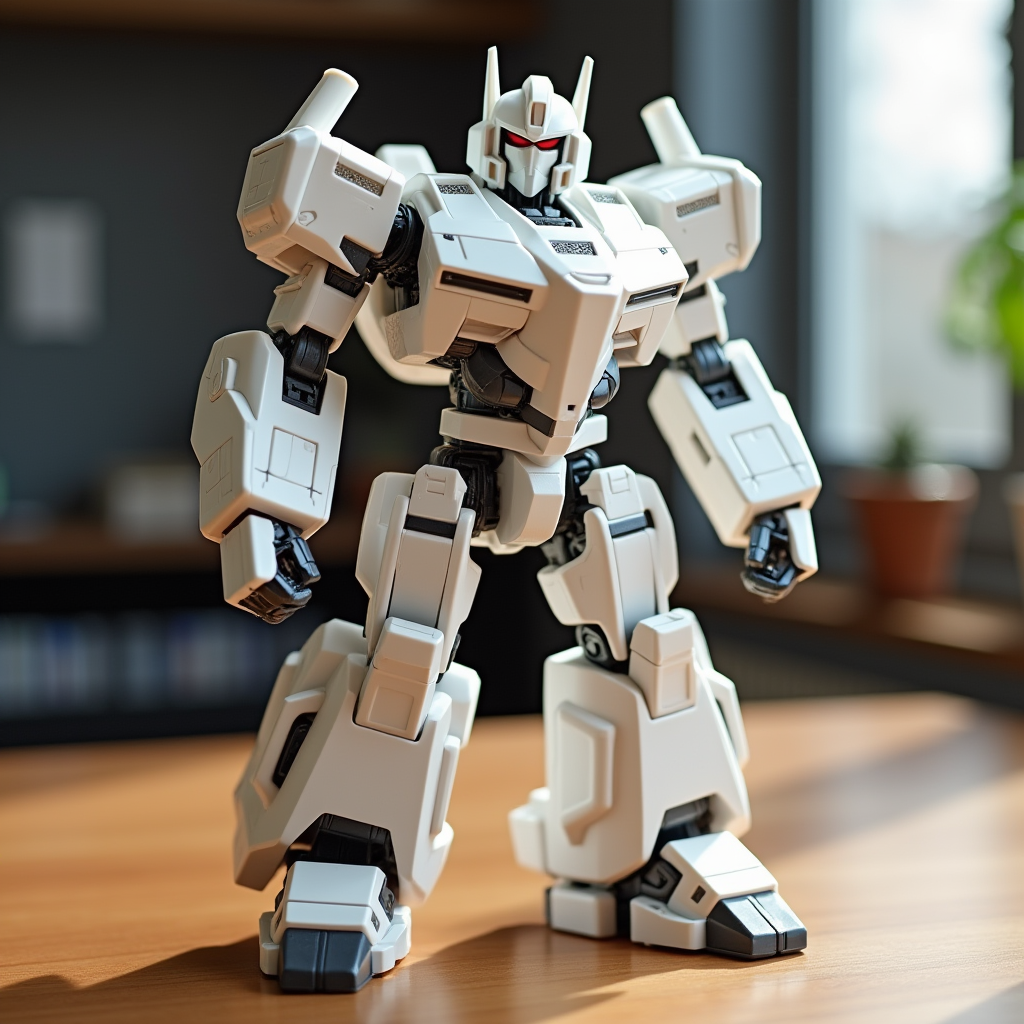Jamil Wormald
Greetings! Through this blog, I intend to impart my insights, personal stories, and concepts concerning the journey of parenting. A key component of my writing includes narratives and real-life examples from my own experiences, aimed at assisting you in refining your parenting capabilities.
The Journey of Robot Toys: From Basic to Smart
34903 27

Introducing Robot Playthings
Robot playthings have captivated the imaginations of both youngsters and grown-ups for numerous decades. These items, which started out as straightforward mechanical gadgets, have evolved into highly interactive, smart creations that blend enjoyment and learning. In this piece, we will trace the background of robot playthings, how they've transformed over time, and the exciting prospects that lie ahead.
The Genesis of Robot Playthings
The notion of robotic playthings traces back to the early part of the 20th century, when engineers commenced trials with mechanical apparatuses capable of imitating human motion. These initial models were frequently wind-up toys, powered by springs or gears. Despite their basic construction, these playthings offered children their initial encounters with machines that could move or execute elementary tasks. They were quite distinct from "robots" as we perceive them nowadays, yet they established the foundation for future advancements.
The Advent of Electronic Robot Playthings
By the 1960s and 1970s, progress in technology led to the introduction of electronic robot playthings. These items incorporated fundamental electronics, enabling them to move, produce sounds, and engage with their surroundings in manners previously unattainable. Playthings such as early remote-controlled robots and programmable devices began to surface, igniting curiosity in the concept of machines that could react to directives or even follow predefined routes.
The Incorporation of Artificial Intelligence
In recent decades, robot playthings have grown more sophisticated, largely attributable to the incorporation of artificial intelligence (AI). Contemporary robot playthings possess the capability to comprehend and respond to instructions, modify their actions based on interactions, and even acquire knowledge from their surroundings. This technological leap has rendered robot playthings not merely more entertaining but also more educational, as children can interact with them in ways that encourage problem-solving and imaginative thinking.
Educational Merit of Robot Playthings
A key transformation in the evolution of robot playthings is their growing educational value. Many current robot playthings are crafted to instruct children in the fundamentals of coding, robotics, and engineering principles. By programming or constructing their own robots, children cultivate valuable proficiencies that can benefit them in the future. This educational dimension has positioned robot playthings as favored instruments for STEM (science, technology, engineering, and math) instruction.
The Charm of Interactive Elements
The interactive character of modern robot playthings is another significant element contributing to their allure. Many robot playthings today can participate in dialogues, identify countenances, and even react to emotions. Some are outfitted with sensors that enable them to navigate impediments or execute tasks autonomously. This degree of interactivity renders these playthings considerably more captivating than conventional toys, as children can forge connections with them and observe their increasing intricacy.

Obstacles and Considerations in Robot Plaything Creation
While robot playthings have advanced considerably, there remain hurdles to address in their creation. Battery lifespan, resilience, and safety are crucial aspects that designers must take into account when developing these items. Furthermore, ensuring that robot playthings are suitable for different age groups and accessible for varying skill levels continues to be a vital undertaking for producers.
Forecasting the Future
The outlook for robot playthings appears remarkably promising. As technology progresses, we can anticipate even more sophisticated robots capable of executing a broader array of tasks and engaging with children in novel and exciting fashions. The capacity for robot playthings to impart intricate concepts and provide tailored learning experiences will only continue to expand. As we look ahead, it is evident that robot playthings will assume an increasingly significant role in shaping how children acquire knowledge and engage in recreation.
Summary
From straightforward wind-up figurines to highly intelligent, interactive companions, robot playthings have undergone a remarkable evolution. Presently, they function not merely as sources of amusement but also as valuable educational resources that stimulate inventiveness, problem-solving abilities, and learning. As technology persists in its development, we can only envision the subsequent phases in this captivating progression.
